Science 4.2(F)
communicate valid oral and written results supported by data.
- Free Plan
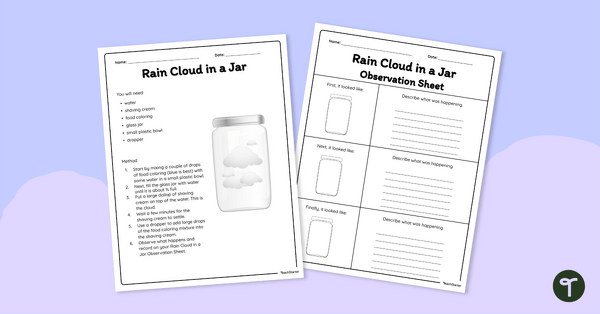
Rain Cloud in a Jar Experiment
Use this science experiment when learning about the different types and features of clouds and how they contribute to the water cycle.
- Plus Plan
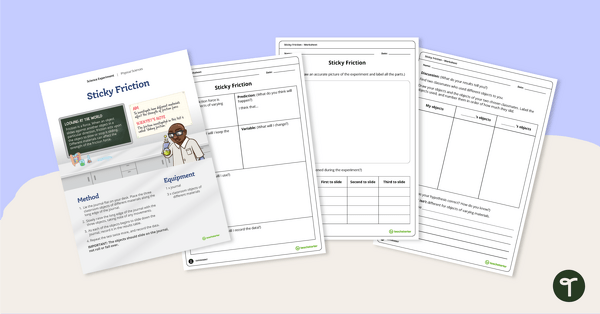
Friction Experiment - Sticky Friction
Use this engaging friction experiment when teaching your students about sliding friction and the effect it has on the movement of objects.
- Plus Plan
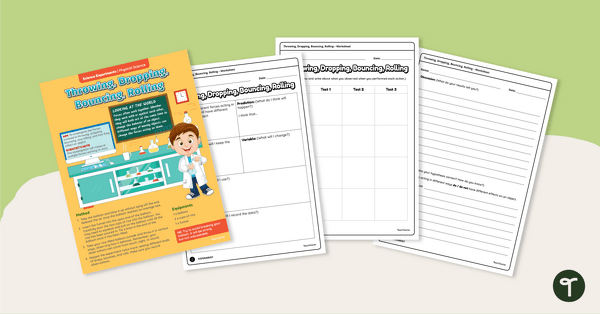
Force and Motion Experiment – Throwing, Dropping, Bouncing, Rolling
Use this hands-on force and motion experiment when teaching your students about how forces influence the movement of objects.
- Plus Plan
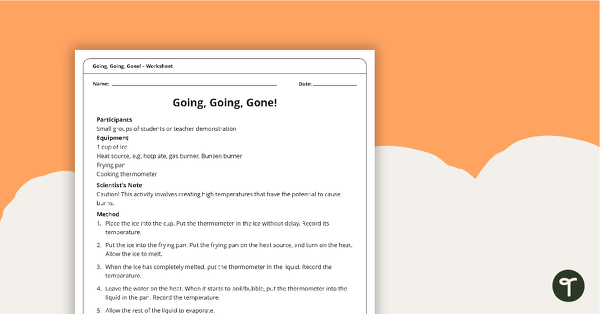
Going, Going, Gone! - Worksheet
A worksheet that explores how matter changes state at different temperatures.
- Plus Plan
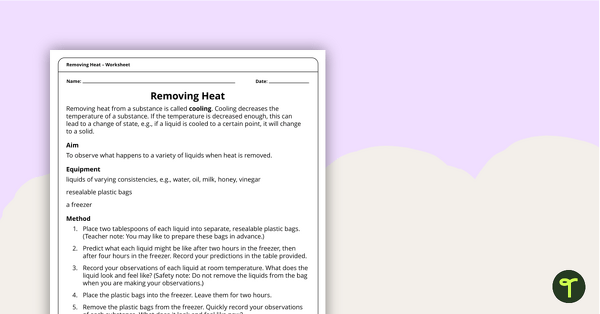
Removing Heat – Worksheet
An activity to demonstrate what happens to a variety of liquids when heat is removed.
- Plus Plan
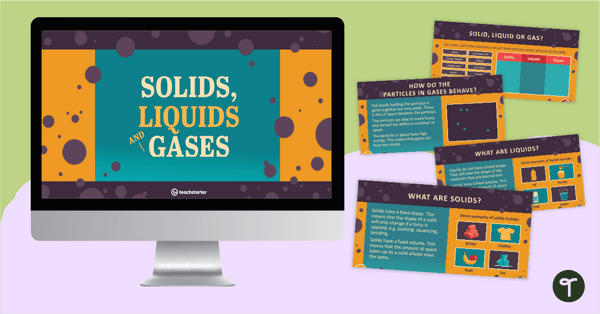
Solids, Liquids, and Gases PowerPoint
A 31-slide editable PowerPoint template to use when teaching your students about solids, liquids, and gases.
- Plus Plan
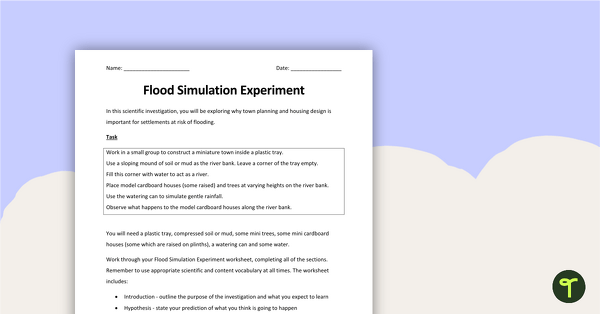
Natural Disasters - Flood Simulation Experiment
A hands-on experiment to use when exploring natural disasters.
- Plus Plan
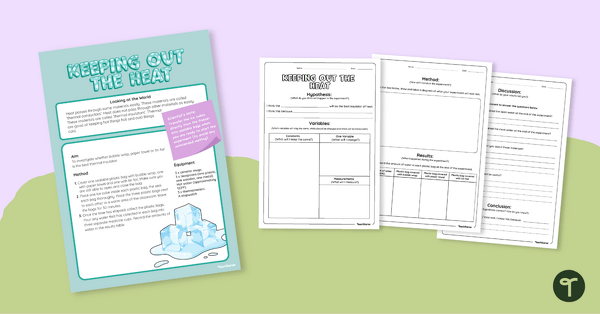
Heat Insulators Science Experiment (Keeping Out the Heat)
Investigate heat insulators with your students using this engaging science experiment.
- Plus Plan
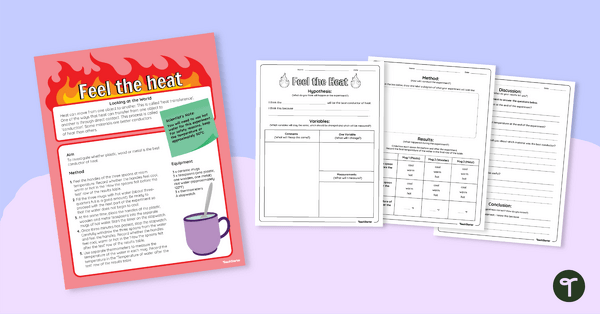
Heat Conductors Science Experiment (Feel the Heat)
Investigate heat conductors with your students using this engaging science experiment.
- Plus Plan
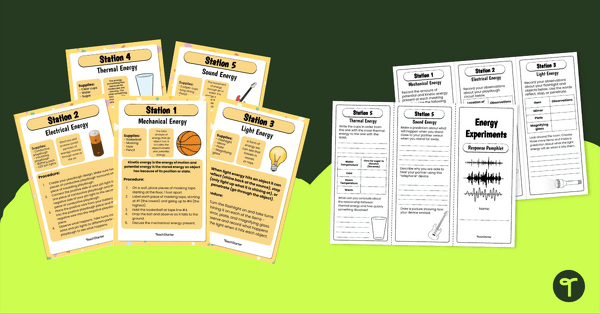
Forms of Energy – Science Experiments for Kids
Investigate mechanical, electrical, light, thermal, and sound energy with this set of science activities for kids.
- Free Plan
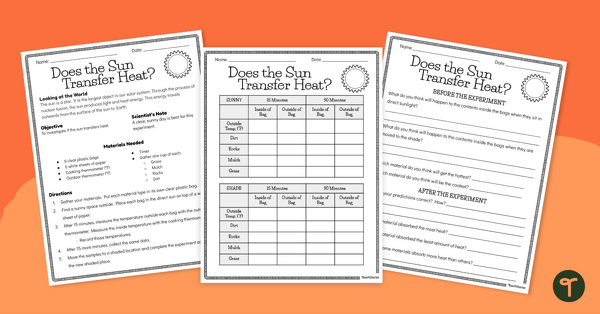
Does the Sun Transfer Heat? – Science Experiment
Discover how the sun transfers thermal energy and which objects absorb more heat with this science experiment for kids.
- Plus Plan
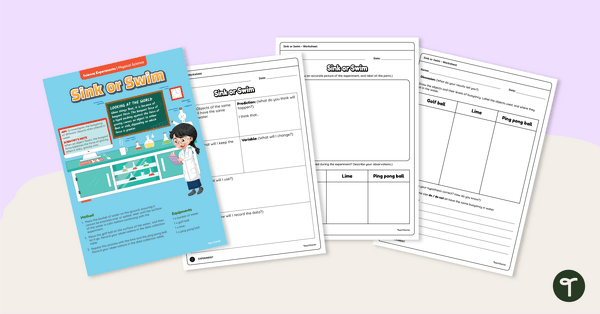
Buoyancy Experiment – Sink or Swim
Use this practical buoyancy experiment when teaching your students about why some objects float in water while others sink.
- Plus Plan

Science Experiment - States of Matter
A science experiment that investigates how a substance's state of matter can be changed.
- Plus Plan
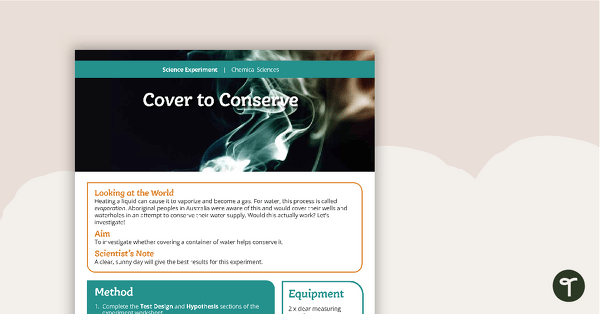
Science Experiment - Cover to Conserve
A science experiment that investigates if evaporation can be reduced by covering a body of water.
- Plus Plan
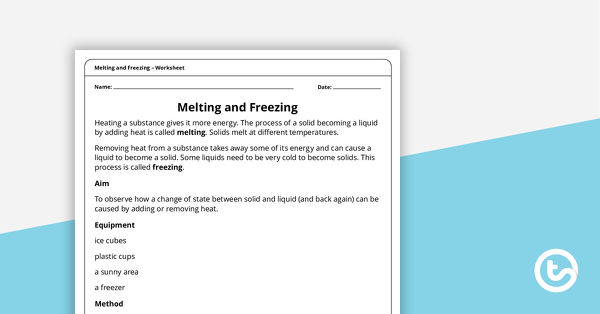
Melting and Freezing – Worksheet
An activity to demonstrate how a change of state between solid and liquid (and back again) can be caused by adding or removing heat.
- Plus Plan
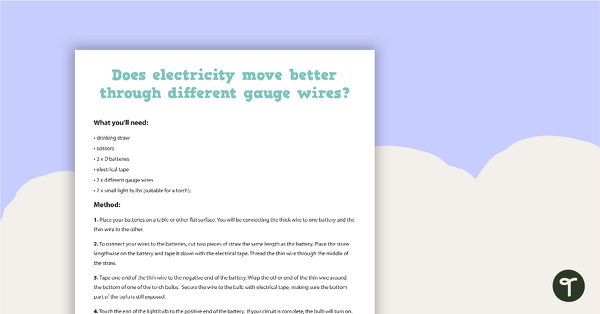
Electricity Experiment
An experiment to investigate if electricity moves better through different gage wires.
- Plus Plan

Salt Water Density Experiment
A hands-on science experiment about salt water density.
- Plus Plan
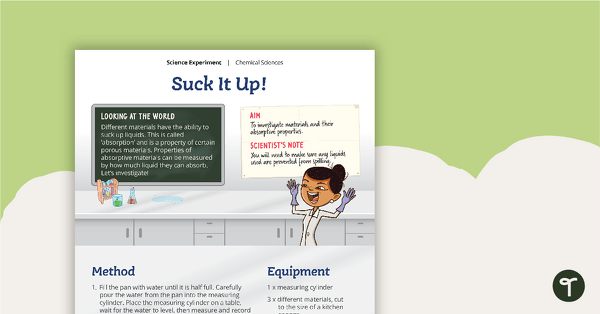
Science Experiment - Suck It Up!
A science experiment which investigates the absorptive properties of various materials.
- Plus Plan

Now I Understand PowerPoint - Building a Solid Conclusion for an Experiment
An educational teaching presentation introducing the students to the R.E.R.U.N. method for writing a scientific conclusion.
- Plus Plan
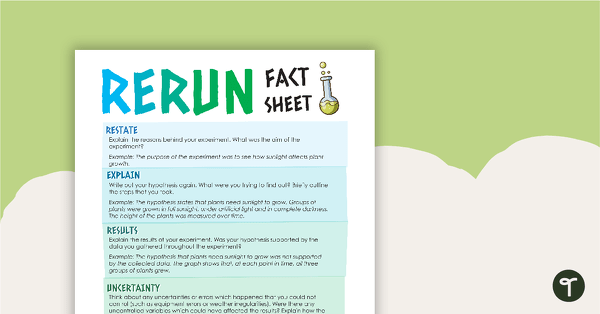
R.E.R.U.N. - Writing a Scientific Conclusion Fact Sheet
An educational fact sheet introducing the students to the R.E.R.U.N. method for writing a scientific conclusion.
- Plus Plan
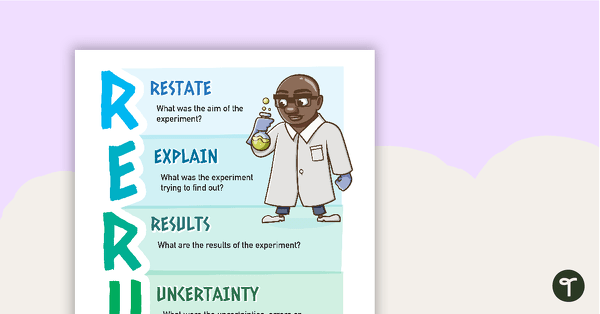
R.E.R.U.N. - Writing a Scientific Conclusion - Poster
An educational poster introducing the students to the R.E.R.U.N. method for writing a scientific conclusion.
- Plus Plan

Science Experiment - Shine Bright, Electric Light!
A science experiment that investigates how changes to electrical circuits affects their components.
- Plus Plan
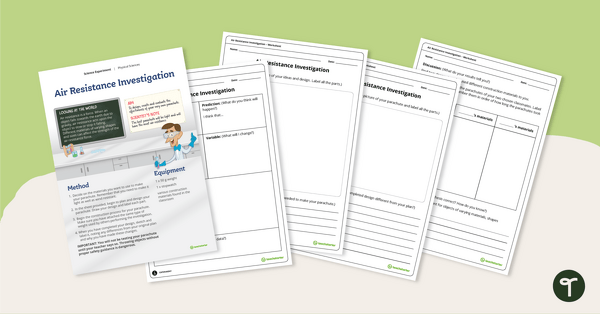
Air Resistance Experiment
Use this engaging air resistance experiment when teaching your students about air friction and the effect it has on the effectiveness of a parachute.
- Plus Plan

Working Scientifically Worksheet
A worksheet used to check the students' knowledge of working scientifically.
- Plus Plan
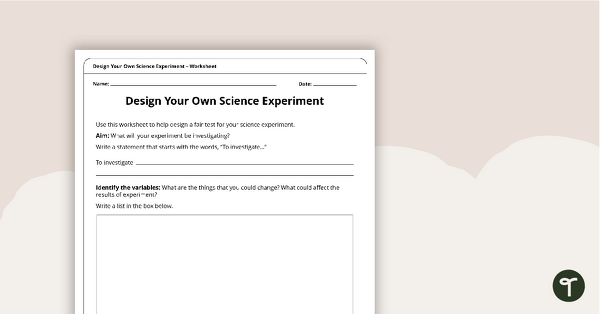
Design Your Own Experiment Worksheet
A set of worksheets to develop students' ability to design fair, scientific experiments.
- Plus Plan
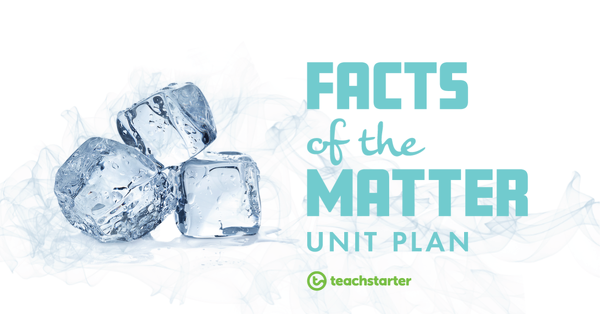
What's the Matter?
A 60-minute lesson designed to activate students' prior knowledge of solids, liquids, and gases.
- Plus Plan
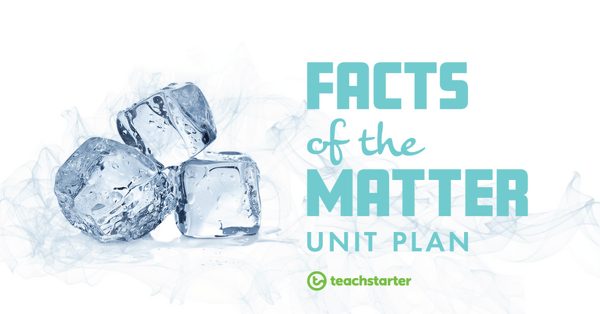
Liquids
A 60-minute lesson in which students will identify the observable characteristics of liquids and how they behave in different ways.
- Plus Plan
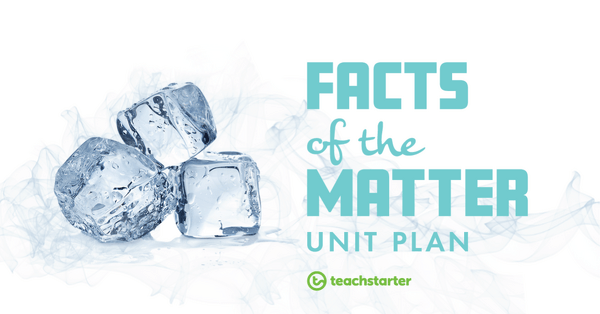
Matter Matters!
A 60-minute lesson designed to introduce students to key terms and concepts related to matter and states of matter.
- Plus Plan
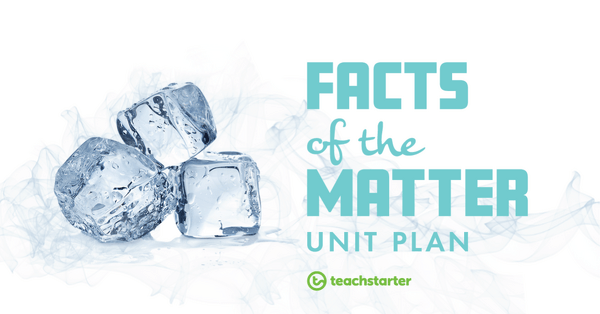
Changing States of Matter
A 60-minute lesson in which students will explore the way solids, liquids, and gases change in different situations.
- Plus Plan
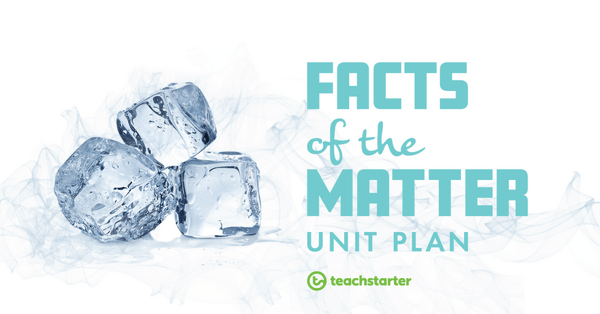
Gases
A 60-minute lesson in which students will observe that gases have mass and take up space.
- Plus Plan
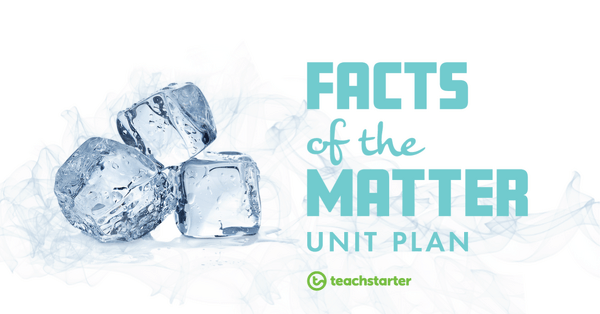
Solids
A 60-minute lesson in which students will identify the observable characteristics of solids and how they behave in different ways.
- Plus Plan
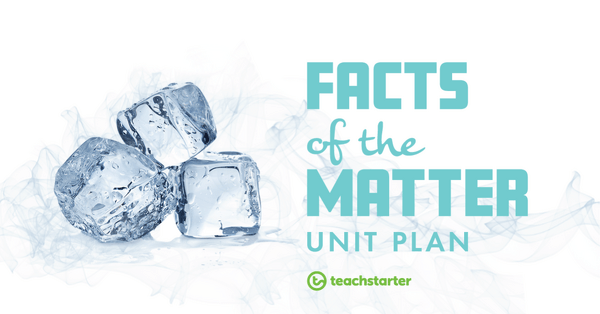
Slime - Solid, Liquid, or Gas?
A 60-minute lesson in which students will recognize that not all substances can be easily classified on the basis of their observable properties.